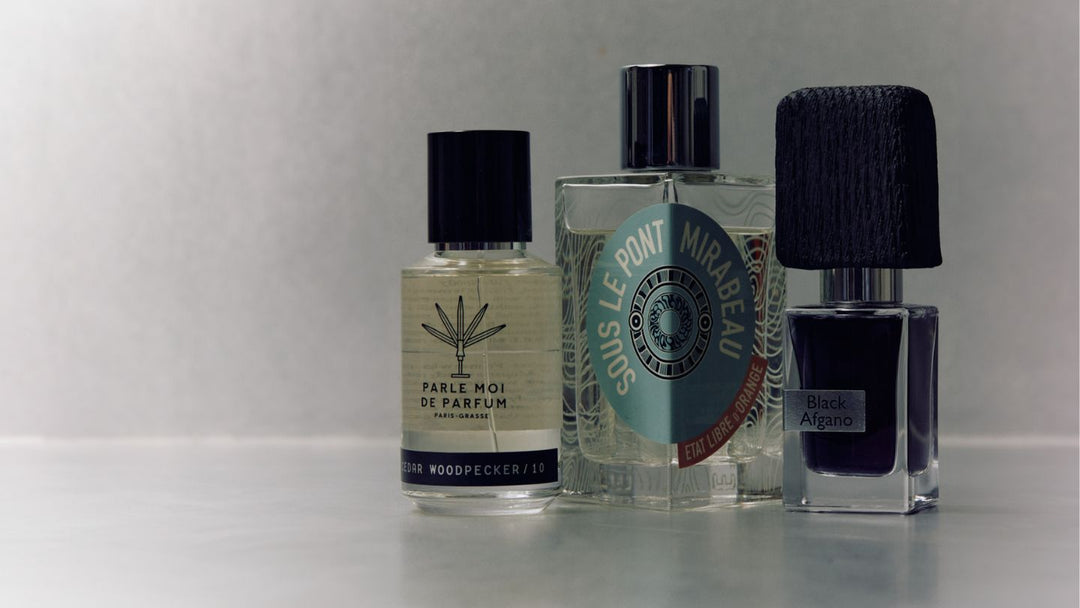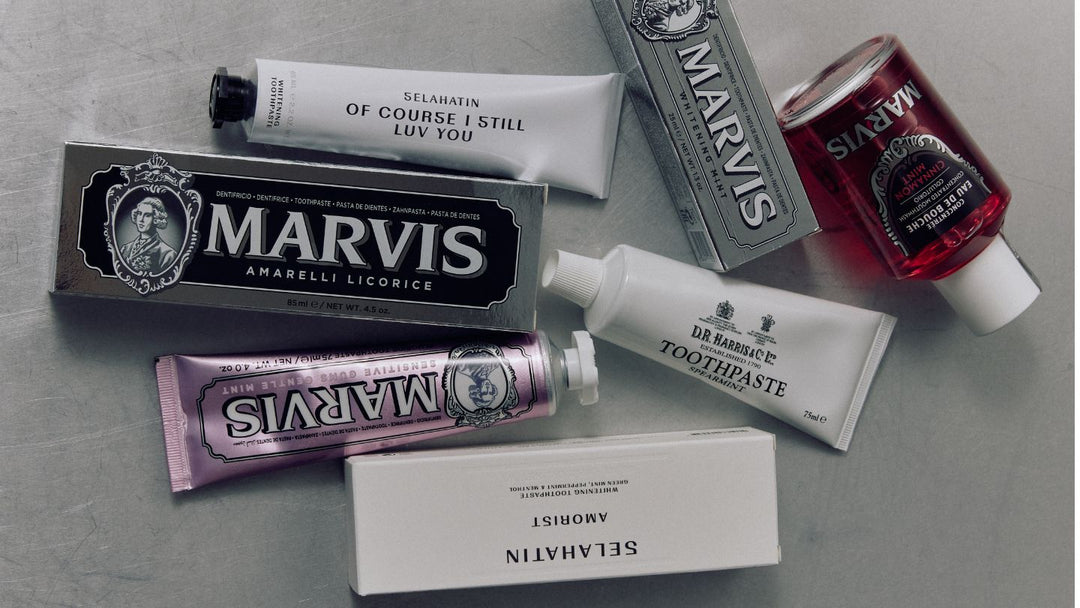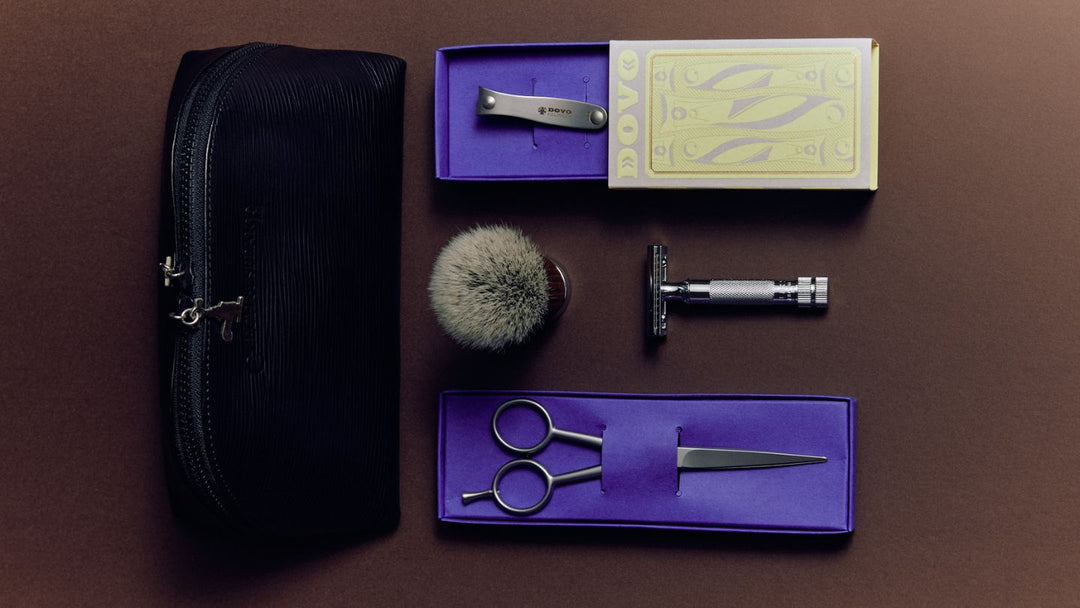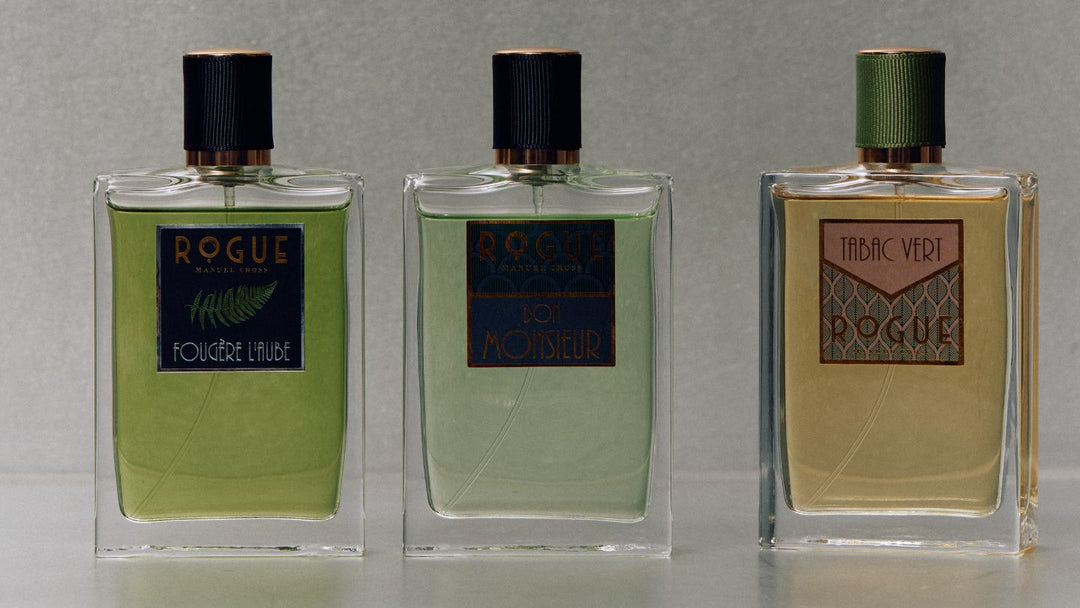Hair Today, Gone Tomorrow: Receding Hairlines and How to Style It
If you’ve found yourself having arrived at this article, it’s likely that you have some specific questions you want answered, fast. No need for extensive analyses or details of the finest grain – but problems addressed. In this article, we’ve summarised the research for you, getting to grips with the most pressing questions you’re likely to have. Moreover, we understand that the aesthetic aspect of the condition is generally the one that is most pressing, and offer some styling advice towards its management.
And if you’re looking for the science – and some hair product advice for thinning hair in particular, we recommend this article.

The Essential Information: What is Receding Hairline?
A receding hairline, also known as male-pattern baldness, male-pattern hair loss, or androgenic alopecia, is a common type of hair loss that primarily affects men, although it can also occur in women. It's characterised by the gradual thinning and loss of hair at the temples and the crown of the head – and with these indicators, this is how to tell if your hairline is receding. Over time, the hairline begins to move backward, creating a characteristic "M" shape or a horseshoe pattern.
What causes receding hairline? Male-pattern baldness is primarily attributed to genetic factors and hormonal changes. It's often associated with an inherited sensitivity to dihydrotestosterone (DHT), a hormone derived from testosterone. DHT can cause hair follicles to shrink and produce thinner, shorter hair strands. Eventually, the affected hair follicles may stop producing hair altogether, leading to bald patches.
The Good News
While male-pattern baldness is a natural and common part of the aging process for many men, there are treatments available that can help slow down the progression of hair loss or promote hair regrowth. Many of these are available to the consumer without the whizzbang of surgery or prescription medication.
When does Male-Pattern Baldness Start?
Know that this is primarily a question of genetics, age, hormones, and (poor) metabolic factors, with extrinsic influences including medication and stress in the most extreme of cases. There is variability as to the onset of a receding hairline, and research indicates that in most cases pattern hair loss becomes significantly noticeable from the late 30s and onwards. It’s worth taking solace in the fact that this is the most common form of hair loss in men, too
Does Rosemary Oil Help with Male-Pattern Baldness?
Rosemary oil has the purported ability to improve circulation, stimulate hair follicles and cellular proliferation, and possibly inhibit the effects of DHT. DHT shrinks the hair follicle, resulting in thinner hair. Impeding this activity – and in particular – inhibiting the enzyme that converts testosterone to DHT, by this logic mitigates hair loss. We cannot recommend Patricks SH+ Ultra Thickening Shampoo Plus (and Conditioner) enough, which is packed with over a dozen active ingredients – including those that are growth promoting and DHT blocking.
Similarly, caffeine, peppermint, chilli, and basil oil – all the stimulating stuff – are praised for their stimulating properties. Thicker hair is fuller hair, which can hide the visual indicators of a receding hairline. This leads us to our next point …
Hiding Visual Indicators of a Receding Hairline
There are clever options and techniques you can incorporate into your next haircut which mask the appearance of a receding hairline. Regrowth treatments are only one aspect of this multifaceted concern!
Some of the best hairstyles for men with a receded hairline are the ones that draw emphasis away from the thinning areas; using style to tackle this problem. A crew cut, buzz cut, or a short-textured style can create a clean, confident, and cohesive look that also has the benefit of minimal maintenance. And of course, completely shaving one’s head is the sleekest means to tackle this concern – in full awareness that this is not a condemnation! Whatever you opt for, embracing a new look is as much of a psychological factor as it is aesthetic, and confidence in this decision is infectious. A new hairstyle, a new look: an opportunity.
Barbers are master architects, who consider one’s face shape in order to make the most of the situation.
For instance, irregular hairlines are benefited by short, textured, and layered styles – a ‘swept look’ – which adds movement and disguises the unevenness. For those with thin hair, a textured crop or messy fringe adds all-important volume to the hair. Whilst styling ‘up’ or slicking ‘back’ is great for thicker hair types – granting you’ve got some product, and a hairdryer, at hand. And if your face shape allows it, a high fade works with the situation at hand – styling higher adjusts the prominence of the hairline. Style with substance – literally!
Select products that have a texturing effect: clays are a go-to for thin hair because of their bulking effect. Consider Hanz De Fuko's Quicksand - not technically a clay, but a gritty hybrid of diatomaceous earth which adds impressive volume. Whilst Patrick’s styling products, such as his M1 Matte Light Hold Pomade, works in conjunction with a proprietary recovery compound - it is perhaps the only hair product with qualities that works at the hair throughout the day.





